Sarah Browning, Extension Educator
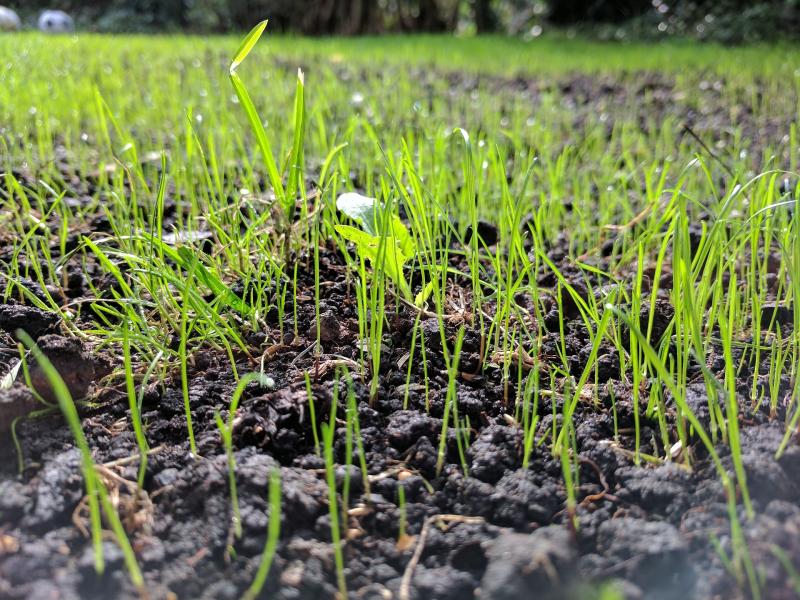
August 15th to September 15th is the best time to seed cool season grasses. Image from Pixabay.
Pumpkin lattes are beginning to appear at the local coffee shop, which means fall is on the way! It’s difficult to imagine now, but in just 6 weeks we’ll be talking about early frosts. Time flies!
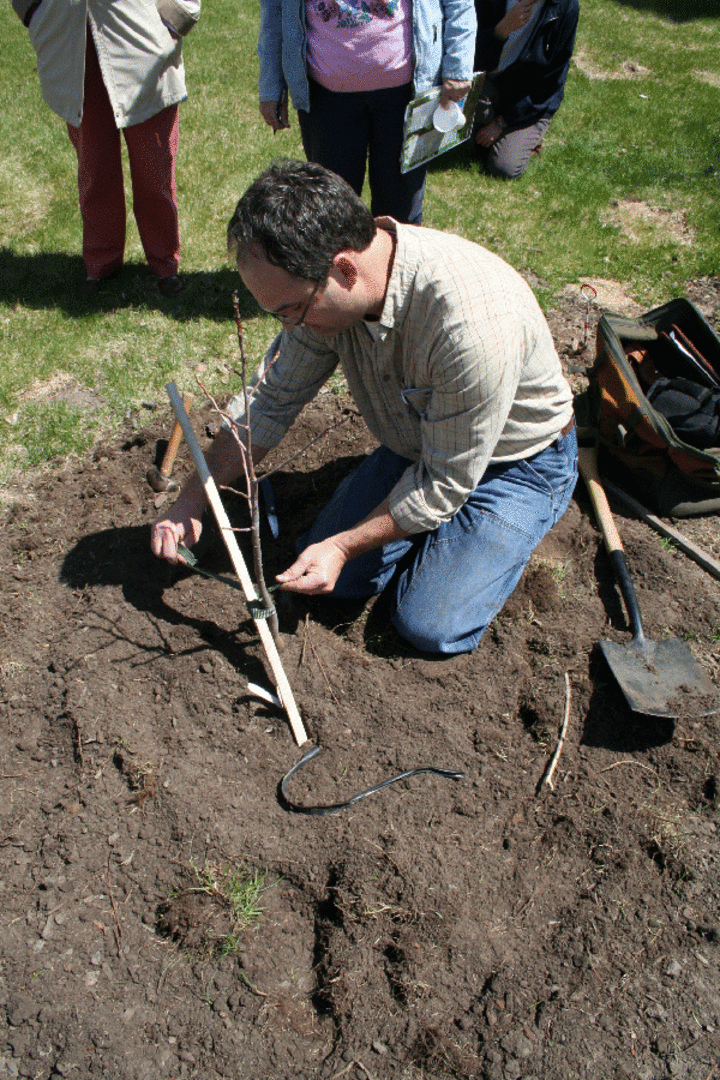
That's why it's important to gear up now for fall landscape work so everything on your list gets done. To help you get organized, here’s a quick rundown of common landscape projects listed in order of attack.
Lawn Seeding
August 15th to September 15th is the best time to seed cool season grasses, including Kentucky bluegrass and tall fescue. Getting your seeding done as early as possible is critical, because each week of delay translates into 2-4 additional weeks required for the grass to mature. Seed tall fescue no later than mid-September. Tall fescue seedlings take a longer time to develop cold hardiness, so get your seeding done early.
Fall is, in fact, the best time of year for seeding lawns due to a combination of factors. First, there's less weed pressure than in spring, and late summer weather is less problematic during the soil preparation phase. Plus, the extended period of cool weather, usually with good rainfall, that occurs from September through late November is ideal for growth of cool season turfgrasses.
Establishing Lawns From Seed, UNL Turf iNfo.
Improving Turf in Fall, UNL Turf iNfo.
Tree & Shrub Planting
Fall is the best time of year to plant new trees, from early September through late October. Fall's cooler temperatures and increased rain allows trees to establish their root systems quickly, giving them a jump-start on spring growth. Tree root growth continues late in fall, until soil temperatures drop below 40°F.
How to Plant a Tree, Nebraska Forest Service.
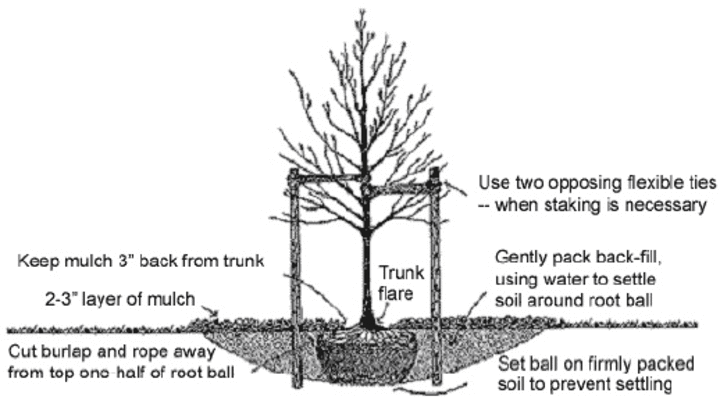
Trees for Eastern Nebraska, Nebraska Forest Service.
Trees for Western Nebraska, Nebraska Forest Service.
Divide Perennials
September is also a great time to divide or relocate perennials that bloom in spring and early summer.
Dividing Perennials, Backyard Farmer.
Early Fall Lawn Fertilization
Despite what fertilizer companies promote, fall lawn fertilization is not an absolute requirement. If you're happy with the color, density and growth rate of your lawn, then fall fertilization may not be necessary. This is especially true if you've been returning the clippings to the lawn all season, which returns up to 1 lb. nitrogen per 1,000 sq.ft. to your turf, the equivalent of one fertilizer application.
"Young" lawns, those which are newly established or on soil that has been disturbed in the last 20 years, may benefit from fall fertilization. Use a fertilizer with 30-50% quick release/water soluble nitrogen. This will provide even release throughout fall.
To determine whether the product you are buying contains quick or slow release nitrogen, check the active ingredient statement on the front of the bag.
- Water soluble nitrogen sources - urea, ammonium sulfate, ammonium nitrate, potassium nitrate, calcium nitrate, monoammonium phosphate, diammonium phosphate
- Slow release nitrogen sources - sulfur coated urea, urea formaldehyde, IBDU, polymer coated fertilizer (PCF), Milorganite
Cool Season Lawn Calendar - Eastern Nebraska, Nebraska Extension.
Cool Season Lawn Calendar - Western Nebraska, Nebraska Extension.
Perennial Weed Control
September is the best time of year to control tough perennial weeds in the landscape. At this time of year, they begin moving carbohydrates from the leaves down to the roots for winter
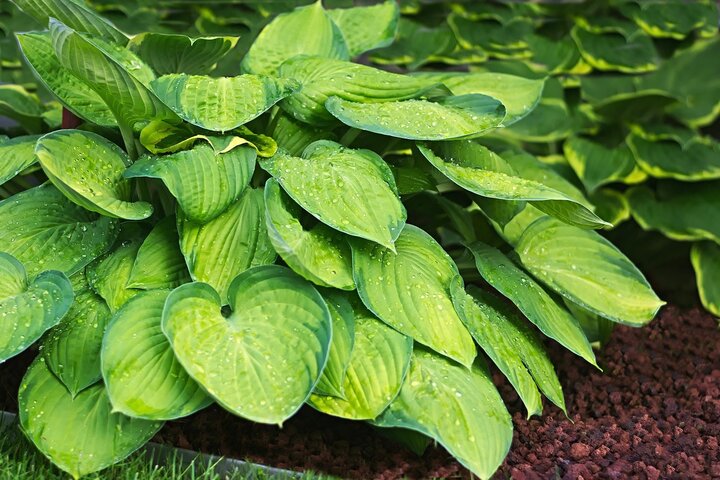
storage. When herbicides are applied in September, they are transported to weed roots along with the carbohydrates killing the entire plant instead of just the leaves. And even if the chemical doesn't completely kill the weed, the plant goes into winter in a weakened condition and is much more susceptible to winter kill. Finally, the potential for 2,4-D and dicamba herbicide drift damage to non-target species is lessened in fall.
Winter Annual Weed Control
Winter annual weeds, like annual bluegrass, goosegrass, field speedwell and henbit, germinate in the fall, overwinter as a small rosette of foliage, and begin growing again in early spring. They complete their life cycle and go to seed in spring or early summer. Gardeners usually want to control these weeds in spring when they are blooming, but that’s not the best strategy. If you had these weeds in your landscape this spring, they should have disappeared by now but their seeds will still be there.
Winter annual weeds are best controlled in September. Mulch and an application of pre-emergent herbicide are the best methods of control.
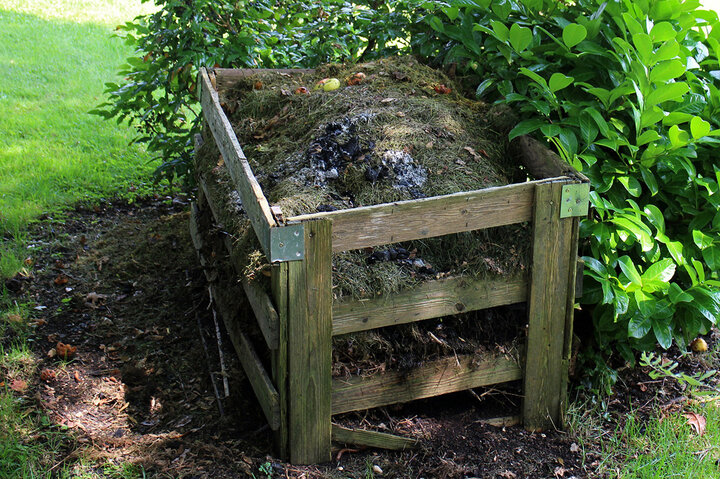
Build a Compost Pile
Make use of your fall leaves to create your own compost - a wonderful soil amendment. Compost is simple and inexpensive to make. It can be used in the garden to amend the soil, mulch and fertilize plants. Adding compost to heavy clay soil with lighten, loosen and improve drainage, while adding it to sandy soil will increase water and nutrient holding capacity.
Garden Compost, Nebraska Extension.
Winterizer Lawn Fertilization
New research has ended the recommendation for late fall or winterizer fertilizer applications on most lawns. Turf growth slows in the late fall and plants take in few nutrients. At the same time, nitrogen leaching potential is highest. For these reasons, the recommendation for a heavy late fall application on well-established lawns has ended. If your grass is dark green, healthy and thick no additional fertilizer is needed at this time of year.
Young, newly established lawns or those which suffered pest damage this summer, may still benefit from late fall fertilization. Apply 0.5 lbs. nitrogen per 1,000 sq.ft. using a quick release nitrogen product from October 15-30 in both eastern or western Nebraska.
Tree Pruning
Most deciduous or shade trees are best pruned during the dormant season, so save your pruning at least until all the leaves have fallen from the trees. Ideally, pruning should take place in late winter just before spring growth starts - late March. Tree growth is maximized and wound closure is fastest if pruning is done at this time.
However, flowering trees, like Japanese lilac and magnolia, should be pruned right after they finish blooming to prevent the removal of flower buds during fall or winter pruning. This means they should have been pruned earlier in the summer. If you prune spring and early summer blooming plants during winter, it won’t kill the plants but will affect next year’s blooms.
Pruning Trees, Acreage Nebraska Blog
Search Our Archive
Associated Video
Fall Landscape Preparation
UNL Director for Landscape Services Jeff Culbertson gives some tips for getting your landscape ready for fall. Aug 29, 2021